
On July 17th, the Guangdong Museum launched the exhibition "Shadow Puppetry in China," featuring over 300 pieces (sets) of shadow puppets and related precious exhibits. The exhibition, co-hosted by the Guangdong Museum and the Chengdu Museum, showcases items from 20 provinces, autonomous regions, and municipalities directly under the central government (hereinafter referred to as provinces) and will run until December 1st. This is the first comprehensive exhibition of shadow puppetry from various parts of China in South China.
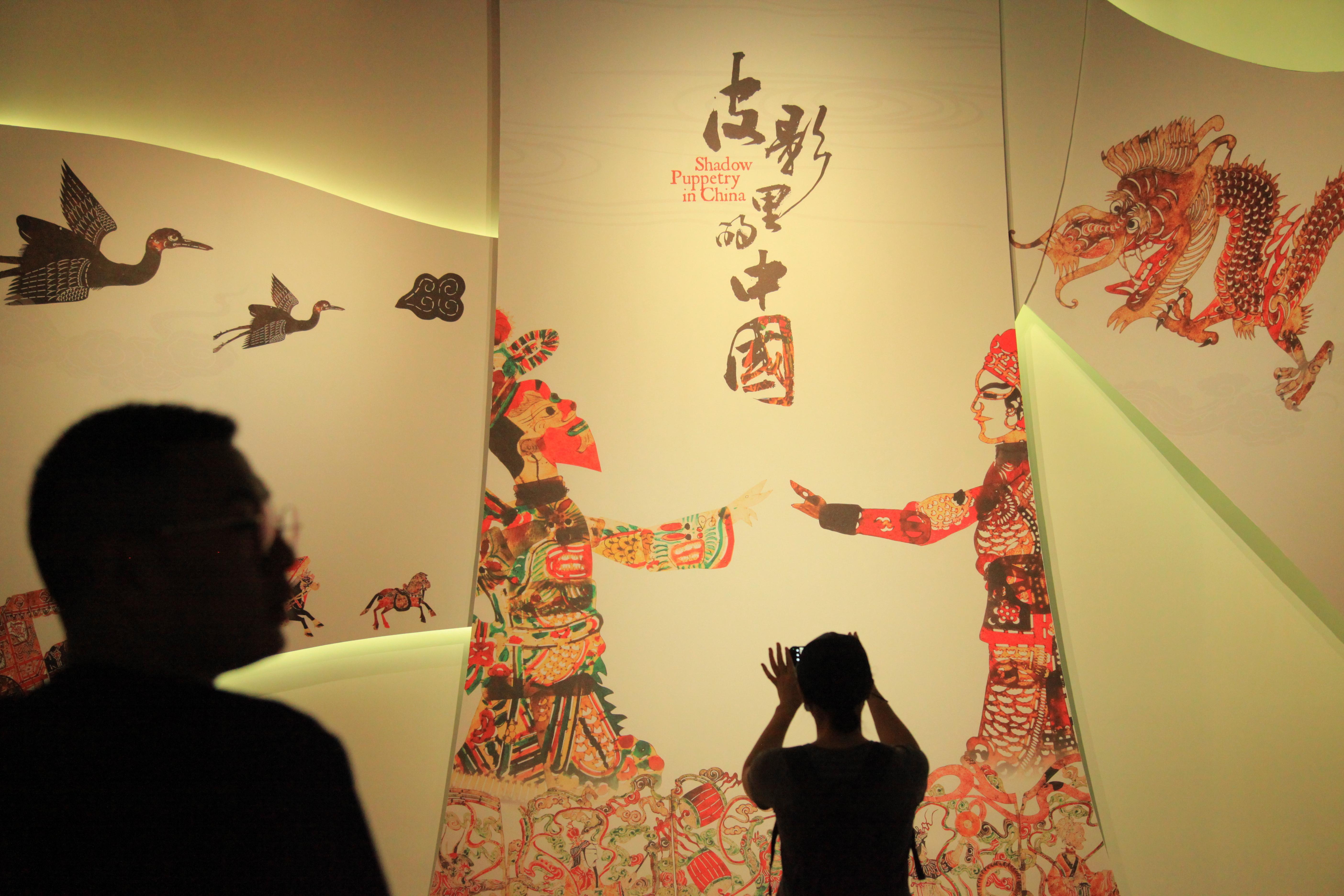
Shadow puppetry, also known as "shadow play" or "lantern shadow play," is an ancient traditional art form in Chinese folk culture, often hailed as the "earliest animation."
Upon entering the exhibition hall, visitors are immersed in a fantastical realm of shadow puppets, light, and sound. Each vivid piece, whether it depicts historical tales or folk legends, stands or sits, moves or stays still, brims with storytelling and artistic charm.
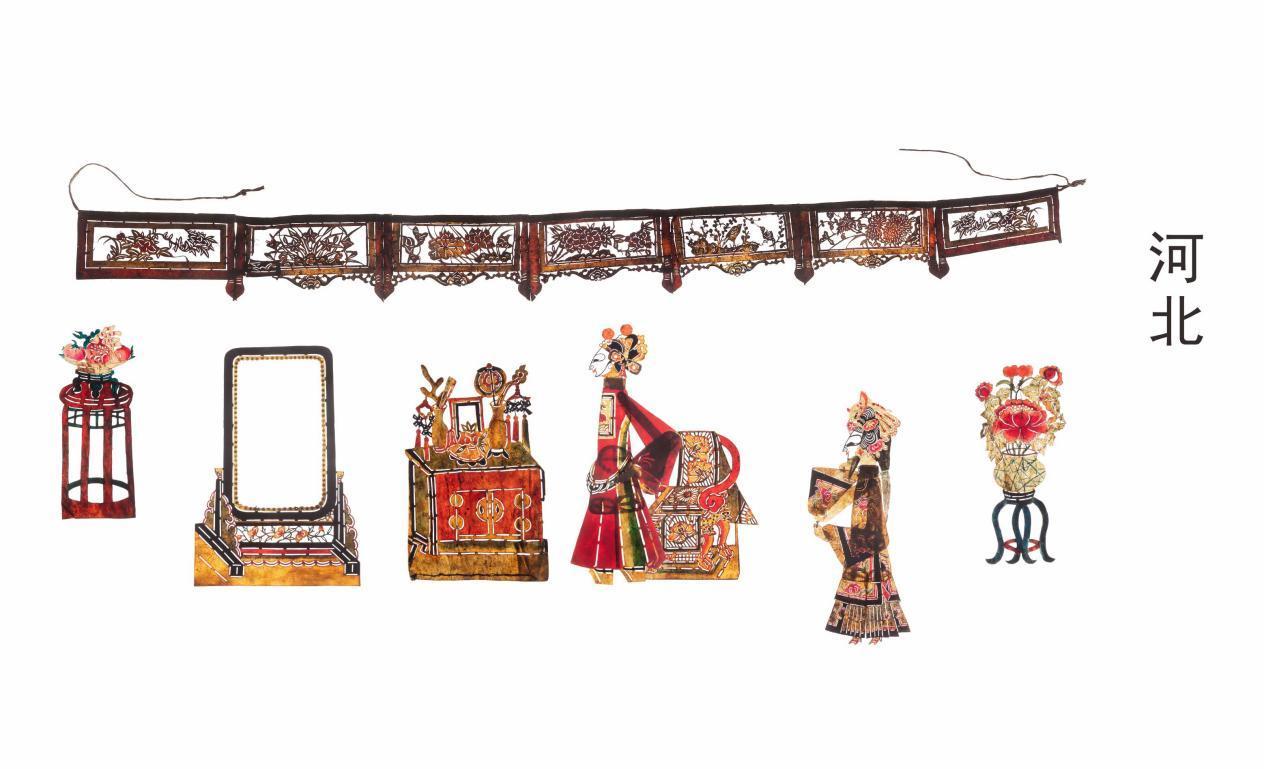
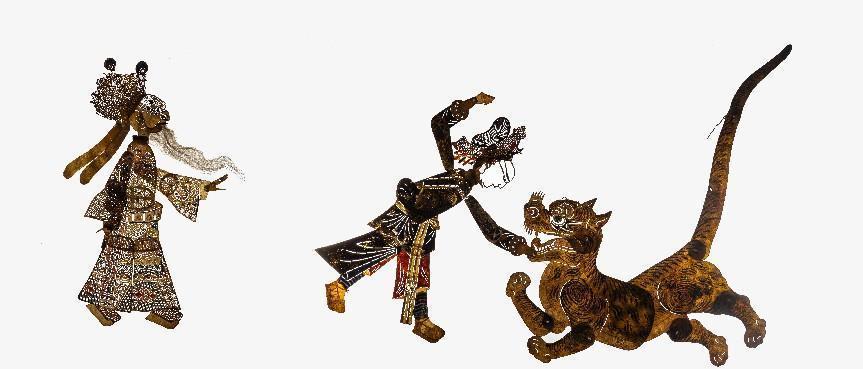
The exhibition features shadow puppets depicting characters, flowers, backgrounds, and various other shapes from 20 provinces including Shaanxi, Hebei, Inner Mongolia, Sichuan, and Gansu. The scene-based presentation highlights characteristics of wide distribution and intermingling of shadow puppetry styles across China.
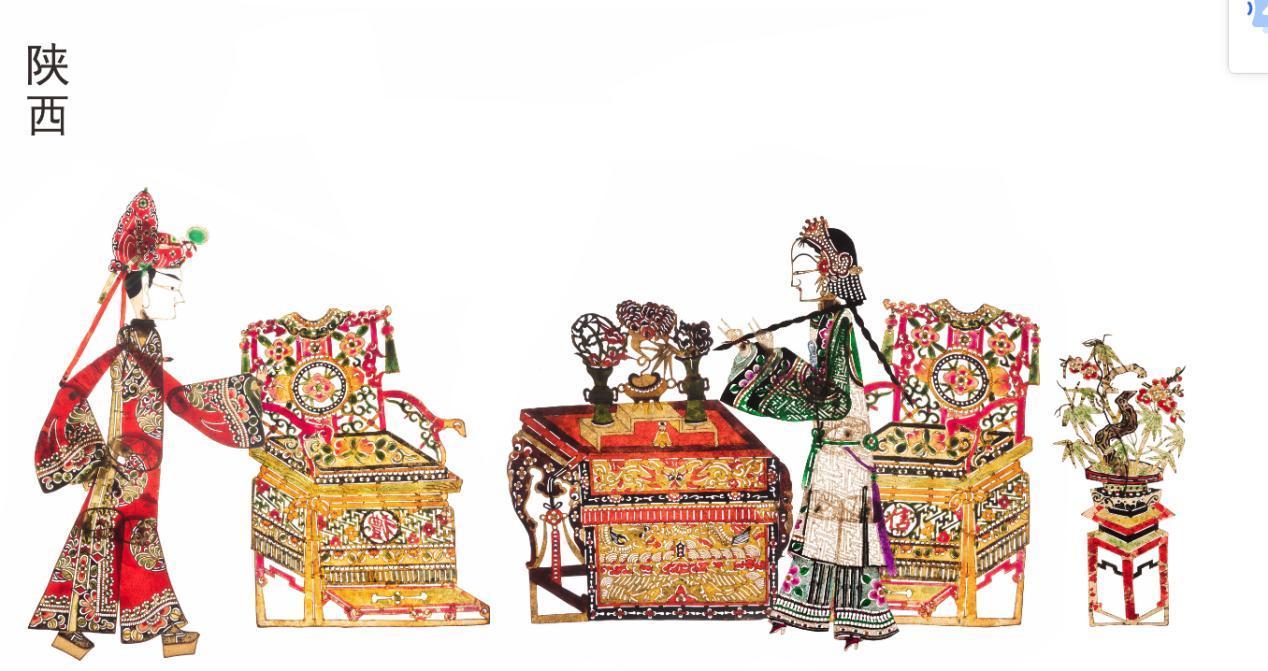
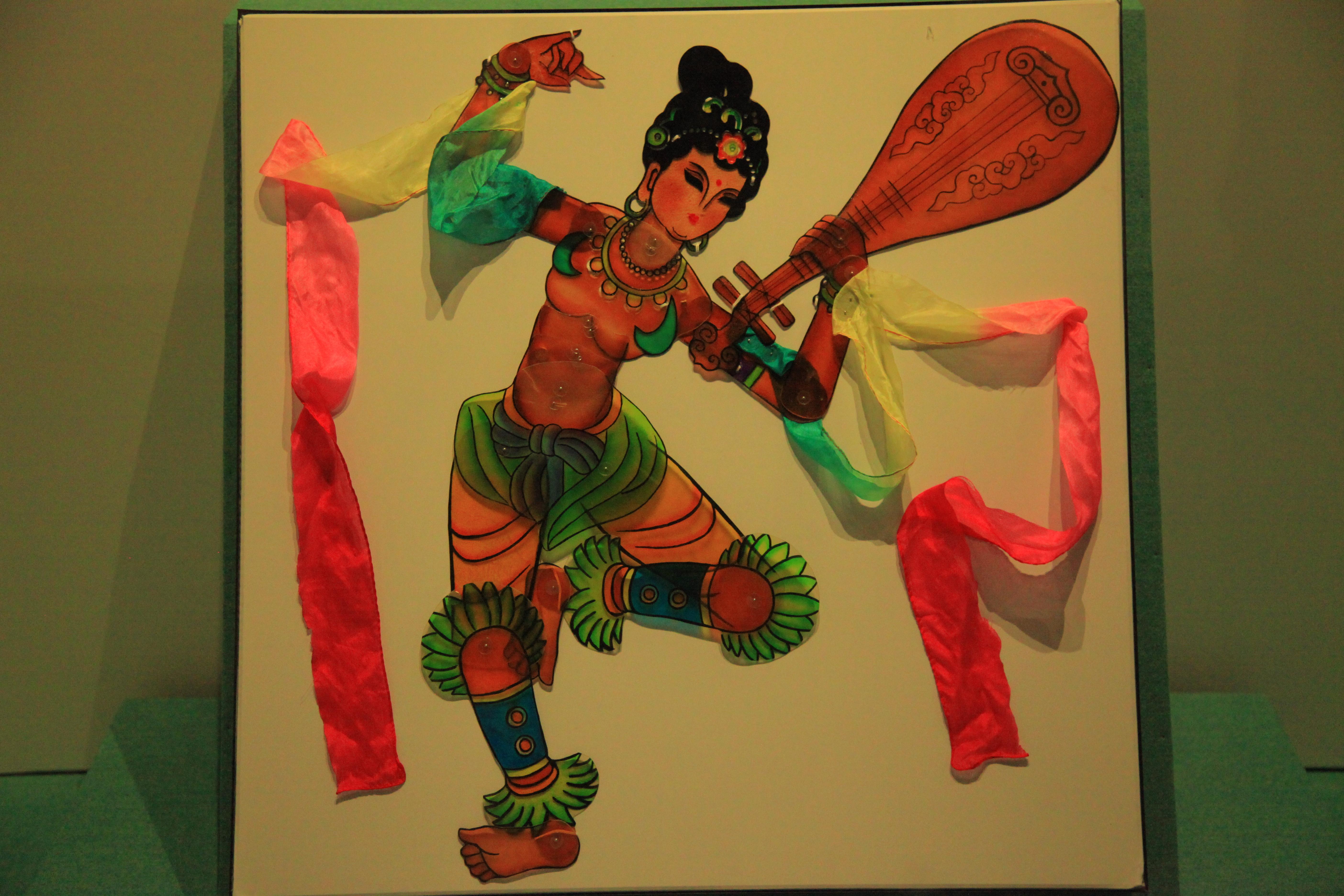
"The biggest highlight of this exhibition is that visitors can experience the diverse and splendid shadow puppet art from all over China without leaving Guangzhou. It includes shadow puppet art from the late Qing Dynasty to the early Republic of China as well as contemporary works. By visiting the exhibition, one can gain a comprehensive understanding of the inheritance and development of Chinese shadow puppetry," said Chen Daina, curator of the Guangdong Museum.
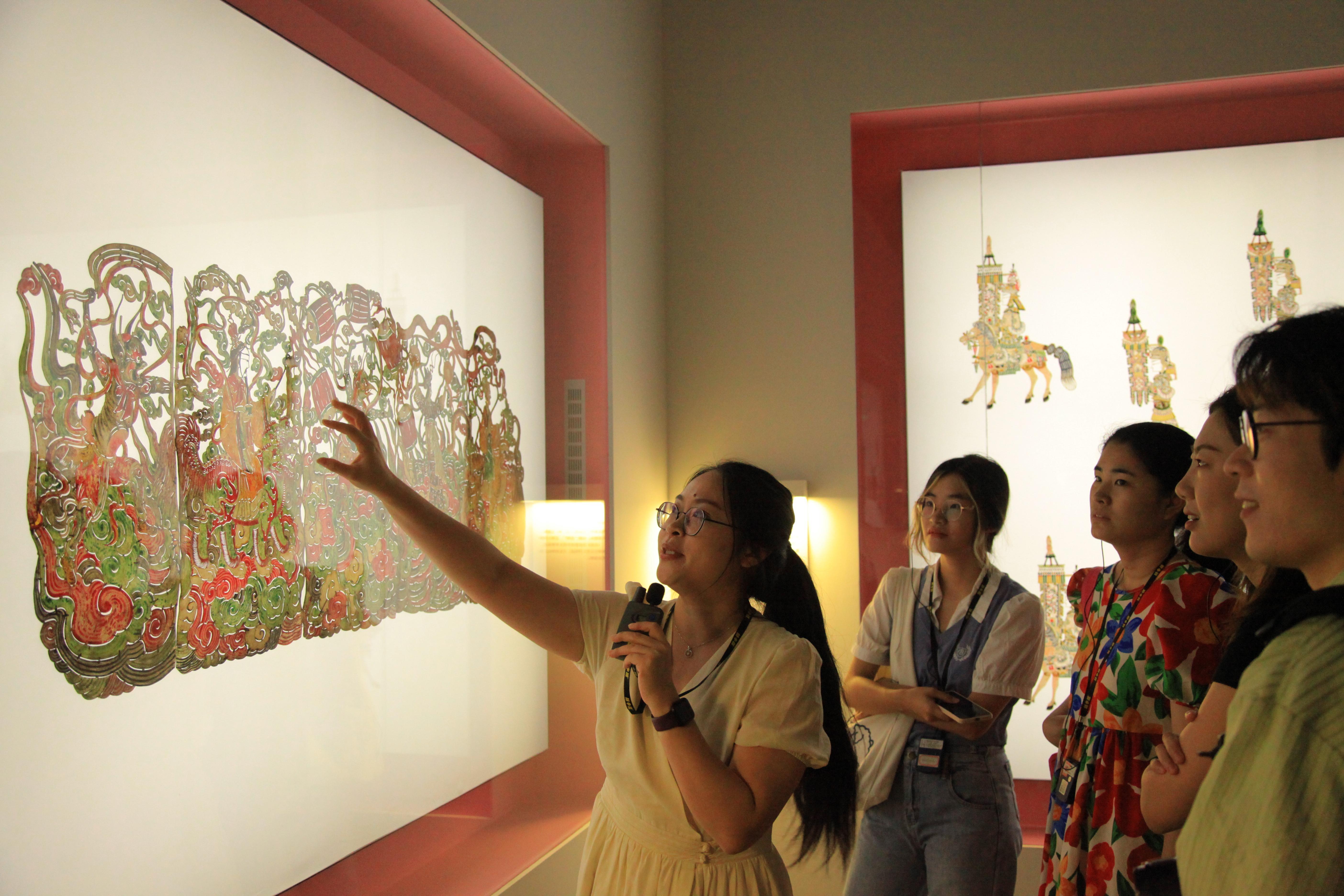
In 2011, Chinese shadow puppetry was officially inscribed on UNESCO's "Representative List of the Intangible Cultural Heritage of Humanity." Many may not know that this vital component of traditional Chinese culture has long reached various parts of the world beyond Asia.
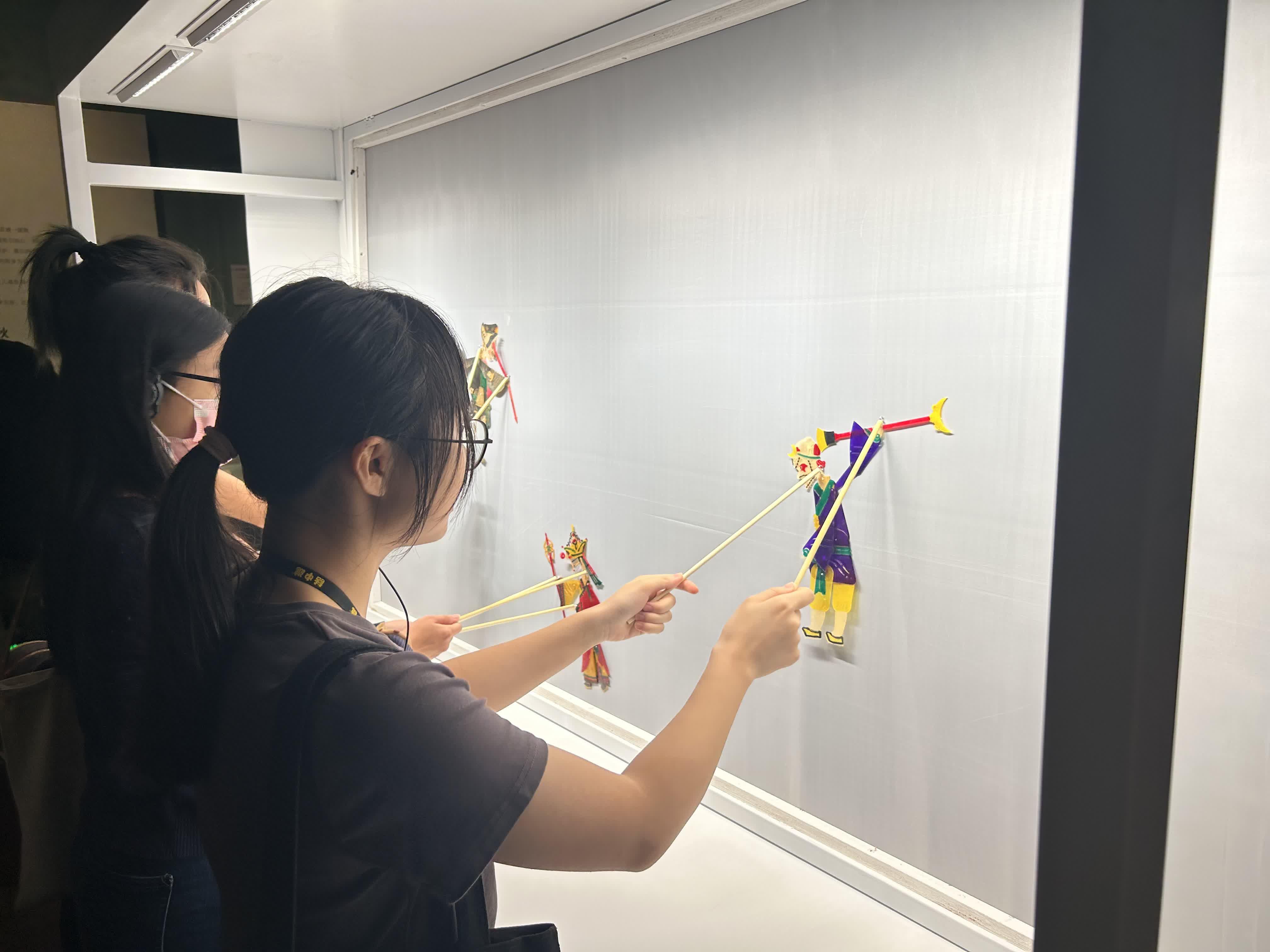
The exhibition also showcases shadow puppet art from Thailand and Turkey. Thai shadow puppets are uniquely shaped, colorful, and vibrant, exuding a strong exotic charm. Chen explained that these puppets can be controlled with sticks, with thin strings attached to their hands, shoulders, elbows, wrists, and sometimes legs and chins. The puppeteer maneuvers sticks and strings to control the puppet with ease. Additionally, the exhibition compares the Turkish shadow puppetryfigures "Karagöz and Hacivat" with the "Big Palm" (Senior Brother) puppets from Luan County, China, during the Qing Dynasty.
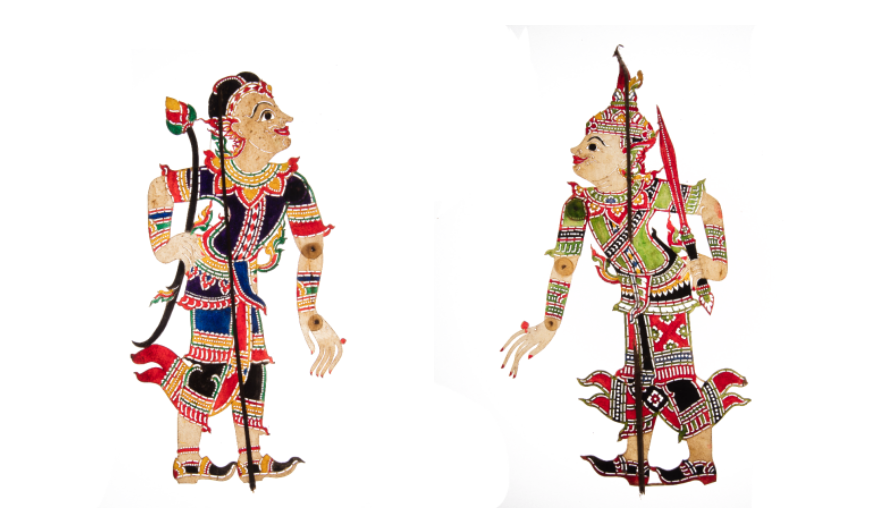
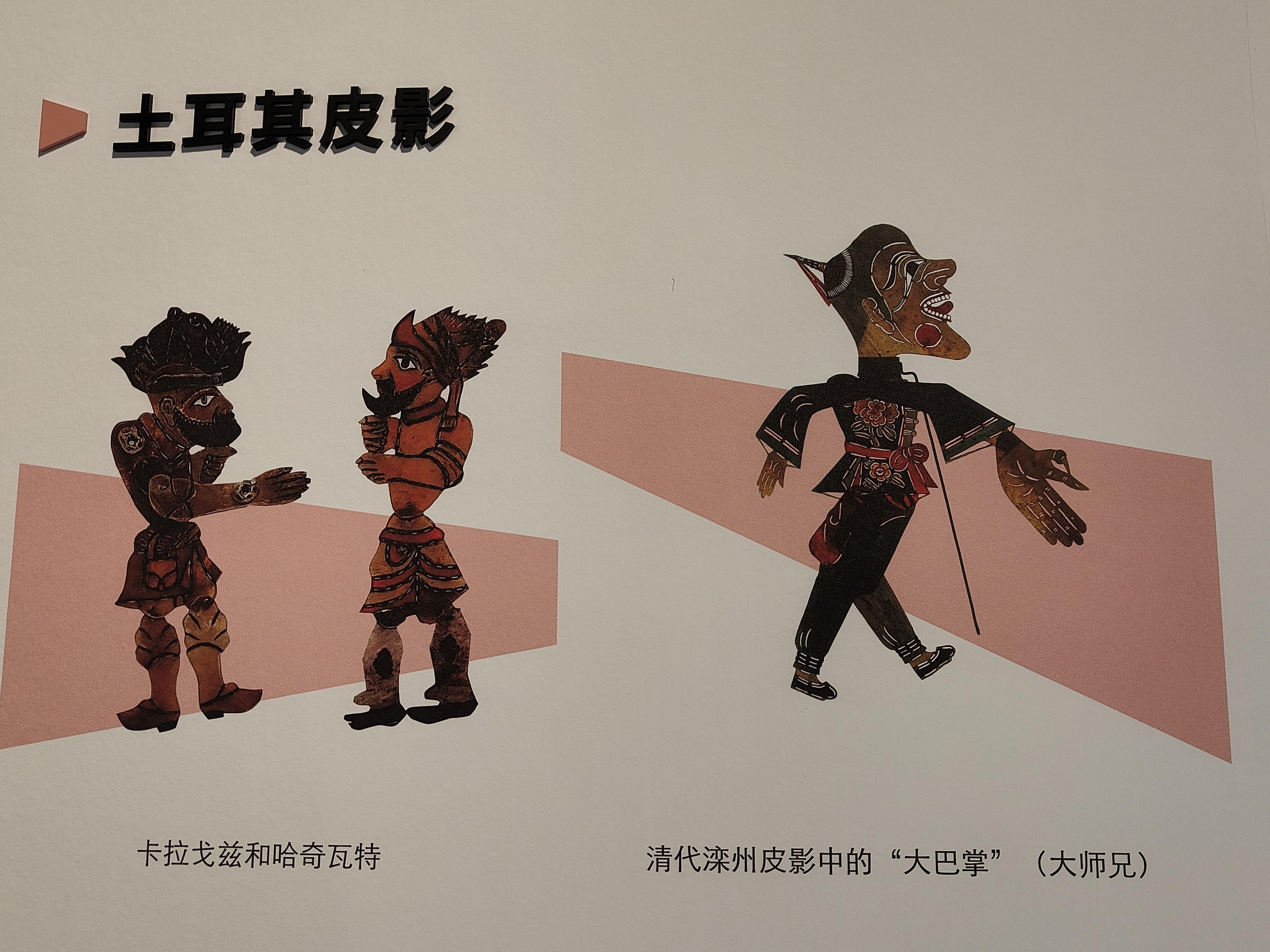
"Shadow puppetry, as a medium, can promote cultural exchange between different countries. We hope this exhibition will inspire visitors to think about the inheritance and development of intangible cultural heritage," Chen remarked.
Source :Yangcheng Evening News
300余件作品再现“皮影里的中国”,泰国、土耳其的皮影也来啦!
7月17日,涵盖超过300件(套)皮影及相关珍贵展品的展览“皮影里的中国”在广东省博物馆(以下简称“粤博”)上新,将展至今年12月1日。展览由粤博与成都博物馆合办,展品来自20个省(自治区、直辖市)。这也是华南地区首次全面展示中国各地皮影的展览。
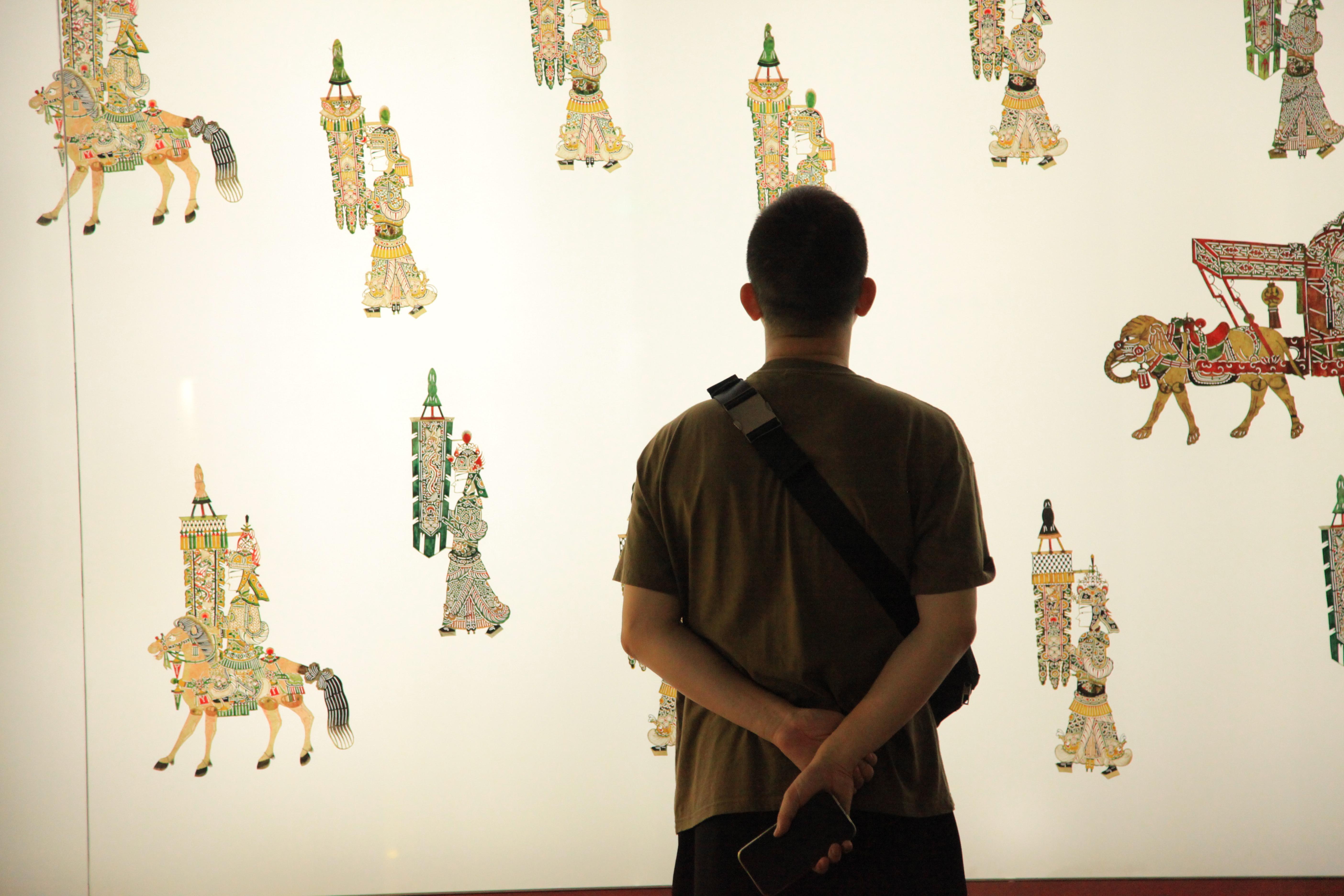
皮影戏又称“影子戏”或“灯影戏”,是中国民间古老的传统艺术,也被誉为“最早的动画片”。
一踏入展厅,观众即置身于由皮影、光影、声音等构成的幻境,一幅幅栩栩如生的皮影作品来到眼前。这些作品既有历史典故,也有民间传说,他们或站或坐,或动或静,每一幅都充满了故事性和艺术性。
展览汇集了陕西、河北、内蒙古、四川、甘肃等全国20个省(自治区、直辖市)的人物、花卉、背景等各种造型的皮影,场景式呈现充分突出中国皮影戏广泛分布、各具特色又互有融合的特点。
“这个展览最大的亮点是,观众不出广州就可以看到来自全国各地风格迥异又精彩纷呈的皮影艺术。不仅有清末到民国早期的皮影艺术,还有传承到如今的皮影艺术。来到展览现场,基本可以了解整个中国皮影传承和发展的状况。”广东省博物馆策展人陈岱娜表示。
中国皮影戏于2011年正式入选联合国教科文组织“人类非物质文化遗产代表作名录”。很多人不知道的是,作为中国传统文化重要组成部分的皮影戏,其足迹早已从亚洲去到世界各地。
展览特别呈现了来自泰国和土耳其的皮影艺术。只见泰国皮影人偶造型独特,颜色丰富又鲜艳,具有强烈的异域风情。陈岱娜介绍,该影偶可以用一根木棍操控,另有细绳拴在影件双手、肩膀、手肘、手腕等处,有时也包含腿和下巴。艺人举棍牵绳,就可以操纵自如。同时,展览还将土耳其皮影中的“卡拉戈兹和哈奇瓦特”与清代中国滦州皮影中的“大巴掌”(大师兄)影偶形象进行了对比。
“皮影戏这样一个载体,可以推动不同国家之间的文化交流。我们希望这个展览能够带动观众思考非遗的传承与发展问题。”陈岱娜说。
文、图 | 记者 文艺 实习生 吴梓钰 叶恩平 通讯员 粤博宣
译 | 赵凡
-
Chinese Modernization 丨 Physical and institutional connectivity boost integrated development of the Greater Bay Area
2024-07-16 22:08:27 -
Chinese Modernization 丨 Guangdong's high-level opening up: The "five-factor synergy" strategy in action
2024-07-16 22:09:04 -
A new Guinness World Record for Wing Chun has been set in Foshan City
2024-07-16 22:08:35 -
Poster丨Chaozhou, Guangdong: The Calligraphy Art Exhibition displays the charm and elegance of writing
2024-07-16 21:25:14






